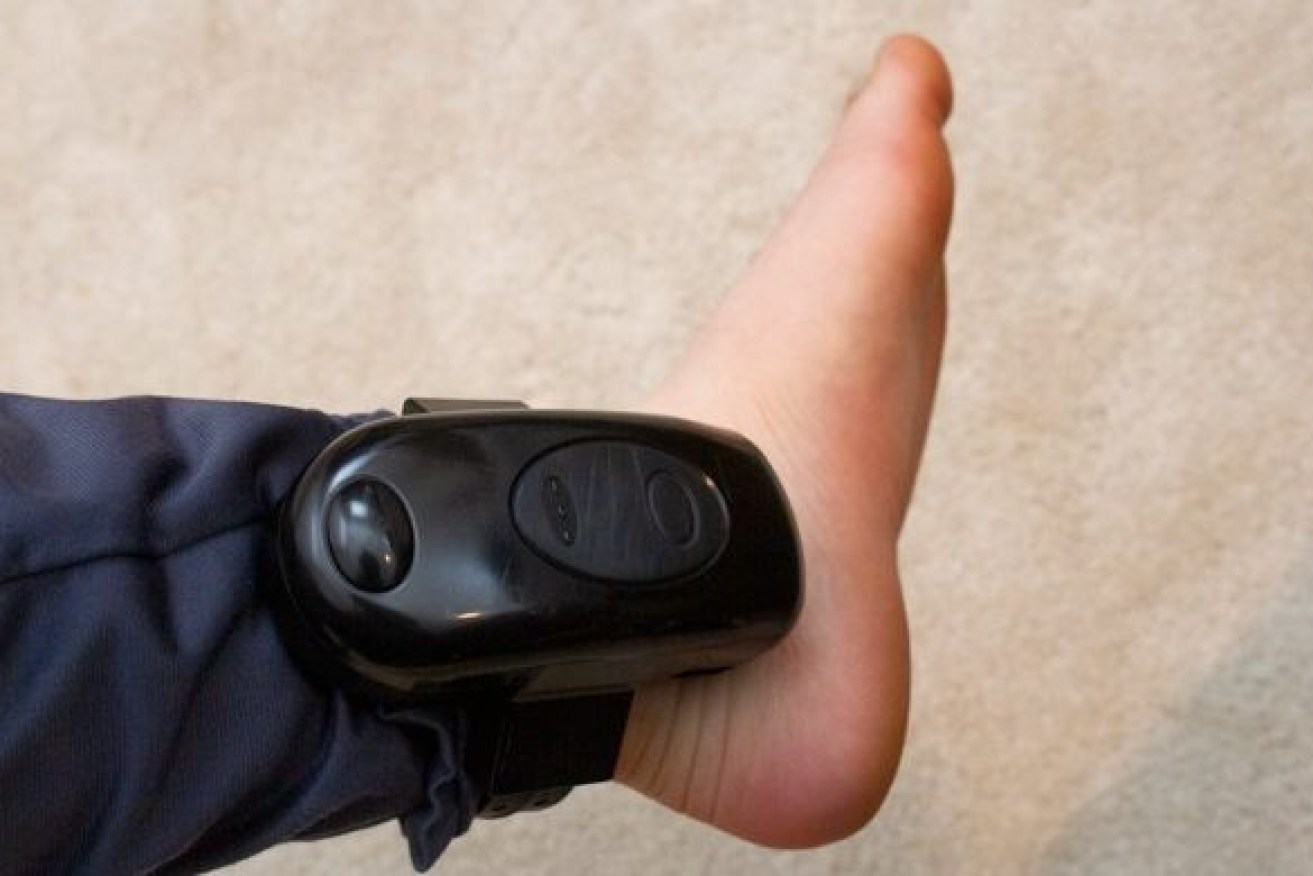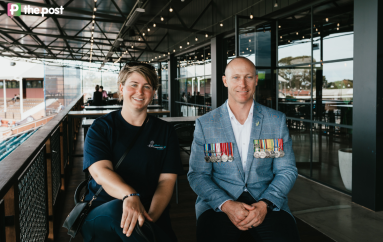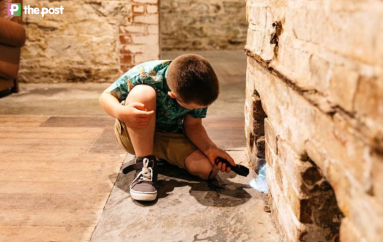SA home detention instead of jail saves $200m
Sentencing offenders to home detention rather than putting them in prison has saved South Australian taxpayers more than $200 million over six years, a government-commissioned study has found.

Photo: Wikimedia Commons/Fluffy89502
The study by the Social Policy Centre, University of New South Wales, Griffith University and Epoque Consulting found the state government saved $148.7 million between 2016 and 2022 by diverting offenders out of prison and into supervised home detention.
Researchers found the government saved an estimated additional $51.5 million through reduced reoffending rates from sentencing offenders to home detention, resulting in total savings of $200.3 million.
“This equates to… cost savings of $43,603 per detainee through direct HD (home detention) prison time avoided and $54,887 when including subsequent reduced returns to custody,” the researchers stated in a report handed down last month and released publicly today.
According to the report, under 25 per cent of offenders who received a court-ordered home detention sentence returned to custody within two years, while 21 per cent of offenders who were released on home detention after serving part of their sentence in prison returned to custody.
That compares to South Australia’s average 2016 return to custody rate of 46.1 per cent and the national average of 51.1 per cent.
Fourteen per cent of those in home detention in South Australia between 2016 and 2022 breached the conditions of their sentence.
Researchers found that South Australia’s home detention program was also “potentially producing a range of implicit positive outcomes that are difficult to measure”.
They found that offenders sentenced to home detention were at reduced risk of homelessness, were better able to manage drug and alcohol abuse, had improved community, workforce and education participation, and had better physical and mental health.
Families, partners and children of offenders were also found to have “improved outcomes”.
“Even under conservative assumptions, the South Australian HD (home detention) program is resulting in significant positive benefits and system cost offsets,” the report states.
“These benefits can extend well beyond the HD episode, potentially offsetting the cost of HD investment many times over.”
The study was commissioned by the Department for Correctional Services in 2020 following legislative changes to South Australia’s home detention program.
The program has been running since 1986 and allows offenders and prisoners to live in the community under strict supervision at a nominated location.
Offenders are banned from leaving that address without approval and must wear an electronic monitoring device at all times.
Department for Correctional Services acting chief executive Hayley Mills said home detention was one of the department’s “longest-running and most successful programs”.
“We are proud that he independent research into this program across a six-year period reflects both the financial and rehabilitation benefits that can be achieved through alternatives to custody,” she said.
Correctional Services Minister Joe Szakacs said the research was “positive proof that Home D delivers meaningful positive outcomes for offenders while remaining cost effective, while upholding community safety”.




